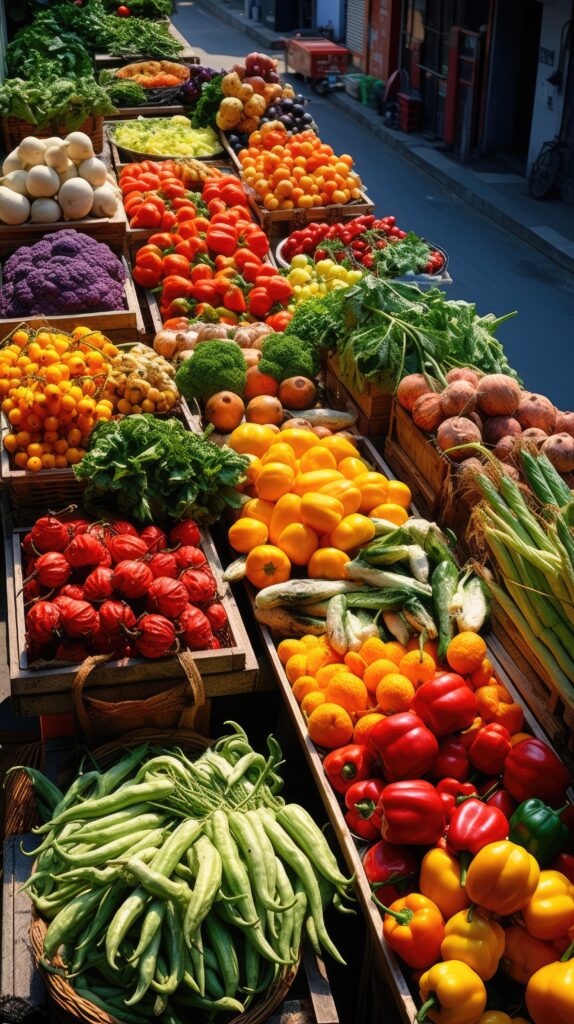Fruit and Vegetable Prescription (FVRx) Programs combine produce prescriptions and nutrition education to reduce fruit and vegetable consumption barriers and promote health among low-income patient populations. This study examined whether a multi-level FVRx intervention model with intensive education improves dietary behaviors, food security, and health outcomes over single-level interventions alone. A 6-month nonrandomized, parallel, controlled trial was conducted with one intervention, FVRx (n = 31) and two comparison groups, Ad hoc Nutrition Education (n = 13) and Control (n = 16). The FVRx group received produce prescriptions (US$1/day/household member) redeemable at a farmer’s market, two SNAP-Ed programs, one financial literacy program, and monthly health screenings. The Nutrition Education (NE) group participated in one SNAP-Ed program, and the Control group received safety-net clinic care only. Surveys assessed dietary intake, food security, food purchasing practices, and financial and food resource management. Pre–post clinical biomarkers (blood lipid and hemoglobin A1c) and monthly biometrics (anthropometrics and blood pressure) were measured. Descriptive analysis and one-way analysis of variance (ANOVA) were conducted. Compared with comparison groups, FVRx participants significantly increased the frequency of consuming dark green vegetables, FVRx (0.36 ± 0.72); NE (0.14 ± 0.33); Control (−0.09 ± 0.19) cups/day (p < .05). FVRx participants significantly improved multiple healthful food purchasing practices, and the ability to afford more utilities (FVRx (33%); NE (0%); Control (10%); p < .05). Limited changes were observed in food security and clinical biomarker outcomes between groups. Combining expanded nutrition and financial literacy education with produce prescriptions improves low-income adults’ financial and food resources, preference, knowledge, purchase, and consumption of locally grown vegetables over single-level interventions.
Read The Full Article at Health Education & Behavior






